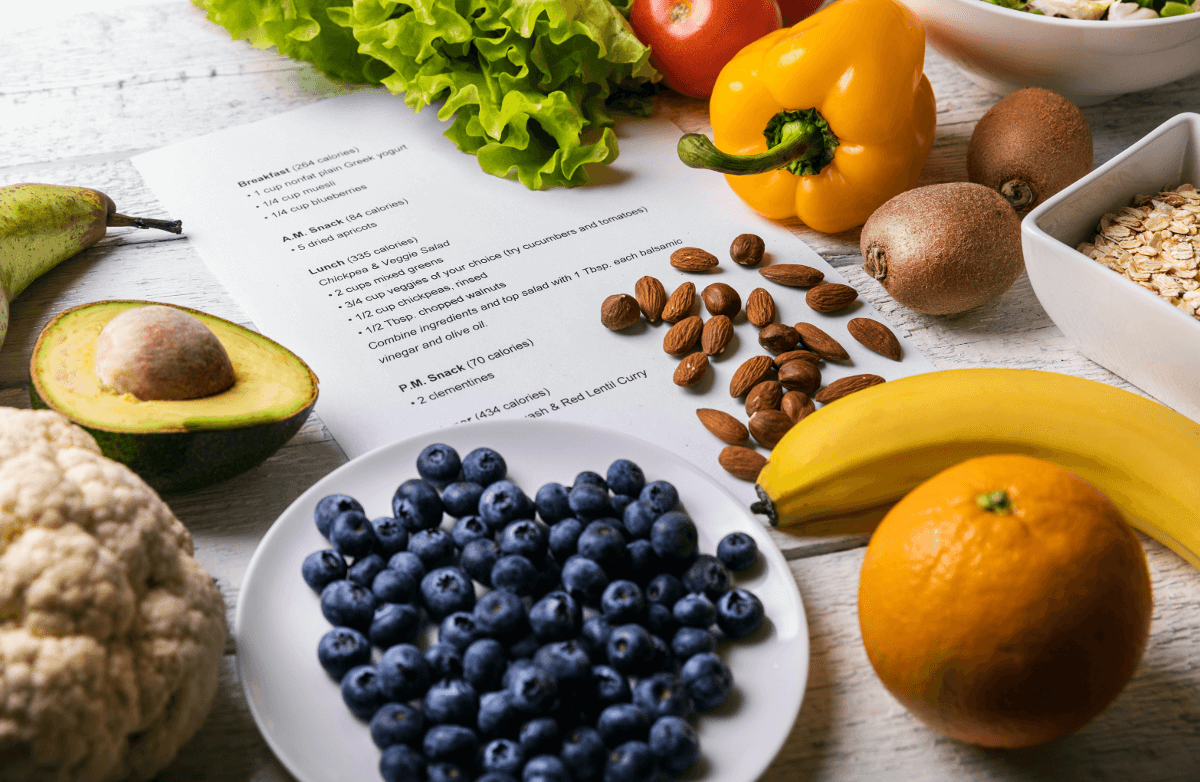Vitamin D—famously known as the “sunshine vitamin”—is much more than just a vitamin. Because it’s synthesized in your skin through sun exposure and acts like a hormone, it plays a role in hundreds of processes in your body (NIH Office of Dietary Supplements, 2024).
Why Vitamin D Matters
Vitamin D enhances calcium and phosphorus absorption, helping keep bones and teeth strong. Deficiency can lead to rickets, osteomalacia, and osteoporosis (Harvard T.H. Chan School of Public Health, 2024).
Research also suggests vitamin D may influence immune function, inflammation, and hormone regulation, though more studies are needed to confirm its role in conditions like heart disease, cancer, and depression (NIH, 2024).
How Much Vitamin D Do You Need?
The Institute of Medicine recommends:
Ages 1–70: 600 IU/day
Ages 71+: 800 IU/day
Upper limit for safety: 4,000 IU/day
Blood levels of 25-hydroxyvitamin D between 20–30 ng/mL are generally considered adequate, but the Endocrine Society suggests aiming for 40–60 ng/mL for optimal health (Endocrine Society, 2024).
Getting Vitamin D
Sunlight: 10–15 minutes on the arms and face a few times per week may be sufficient for many people, although factors such as skin tone, latitude, and season can affect production. Sunscreen reduces—but doesn’t completely block—vitamin D synthesis
Food sources: Fatty fish (like salmon and mackerel), fortified milk, and eggs contain vitamin D, though diet alone rarely meets the full requirement.
Supplements: Vitamin D₃ (cholecalciferol) is more effective than D₂ at raising blood levels. Talk to your healthcare provider before starting supplements.
The Bottom Line
Vitamin D is essential for bone health and may support other aspects of wellness. A mix of safe sun exposure, nutrient-rich foods, and supplementation (when needed) is the best way to maintain healthy levels.













